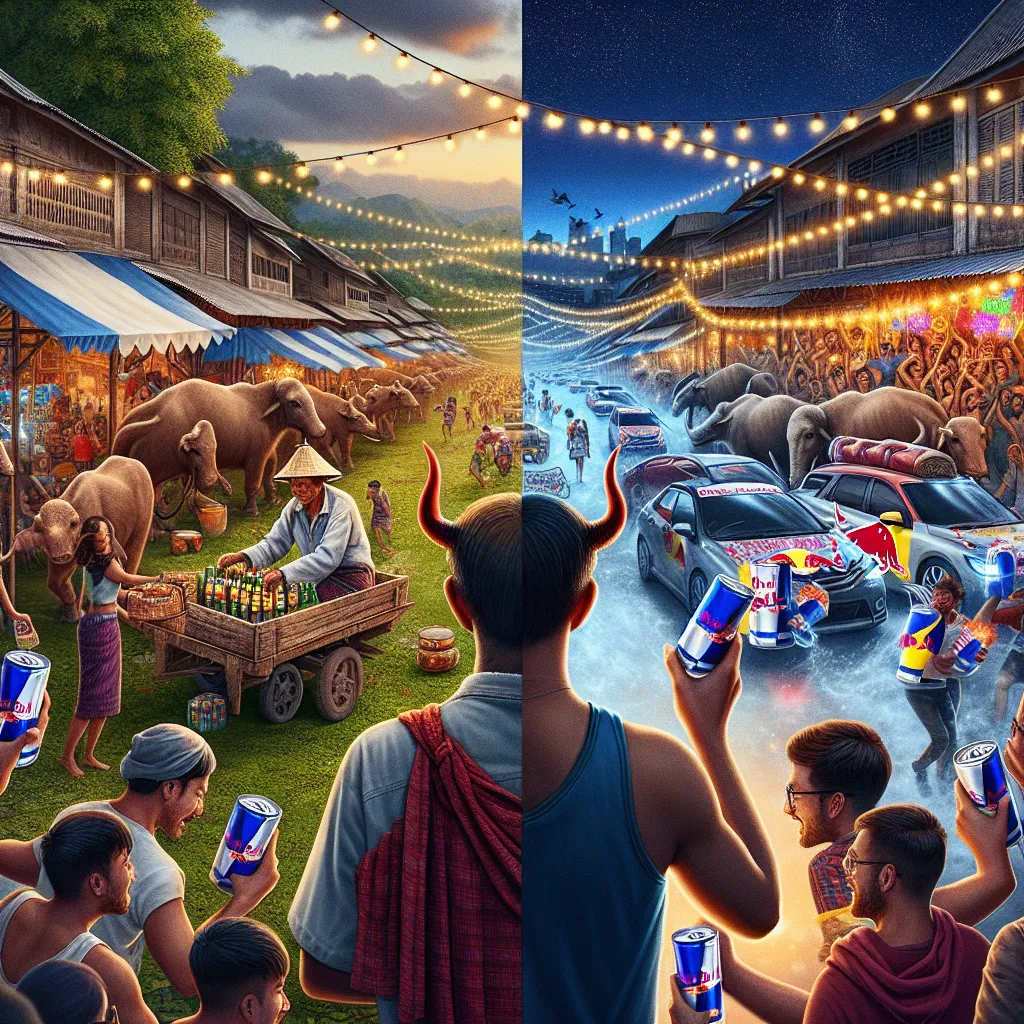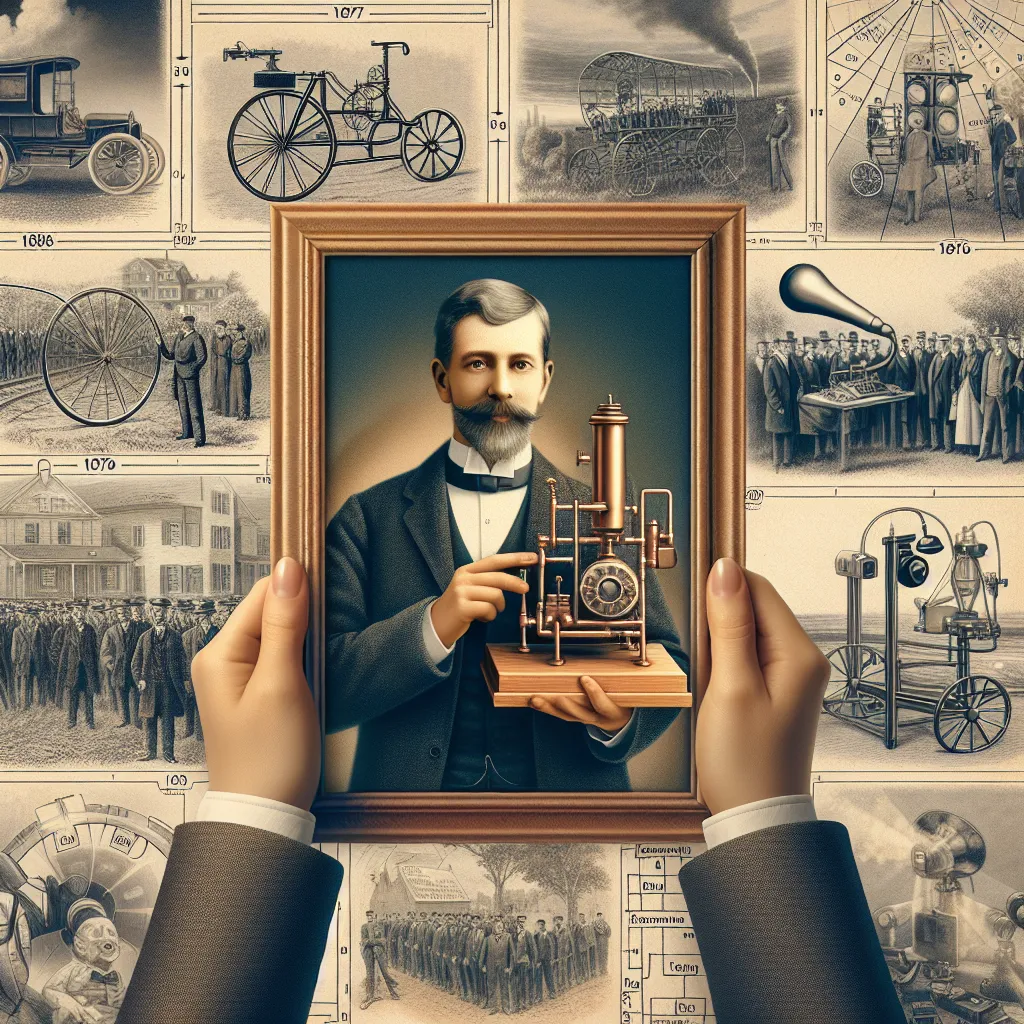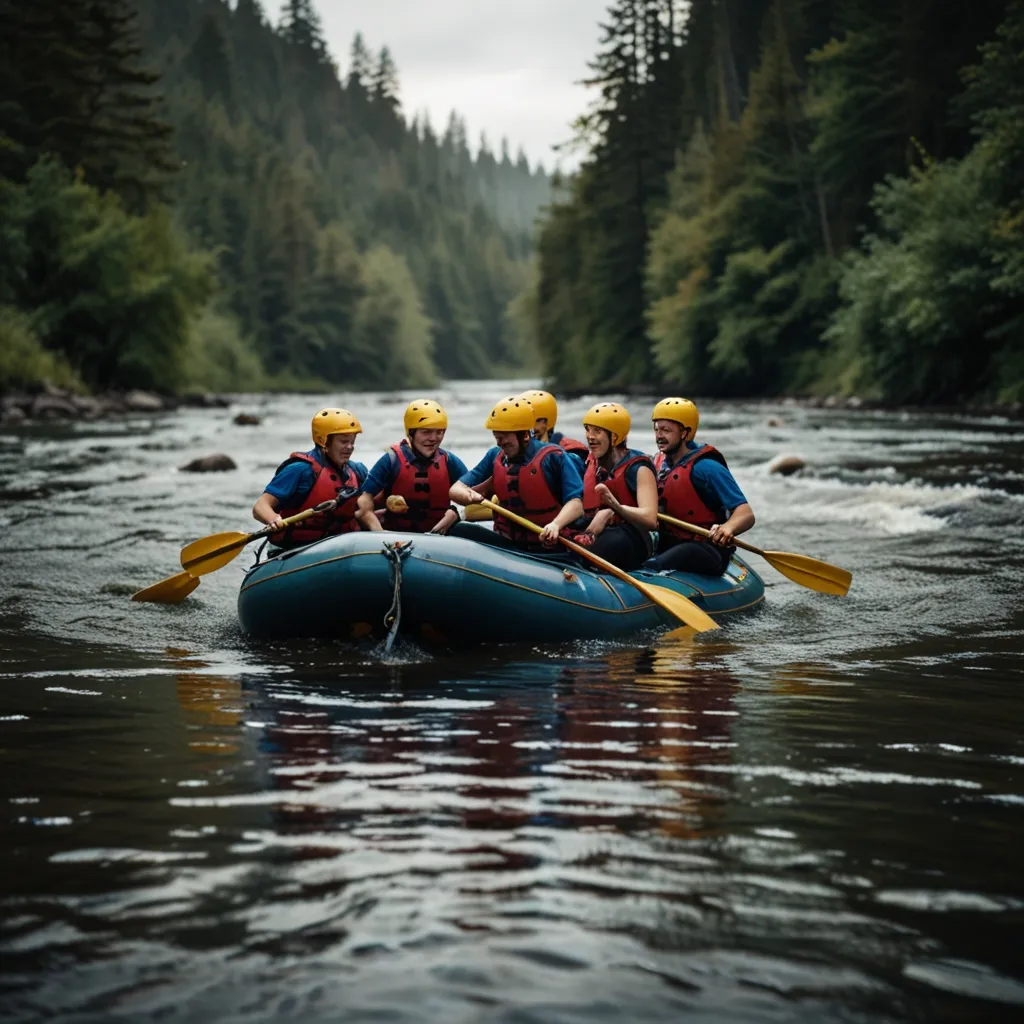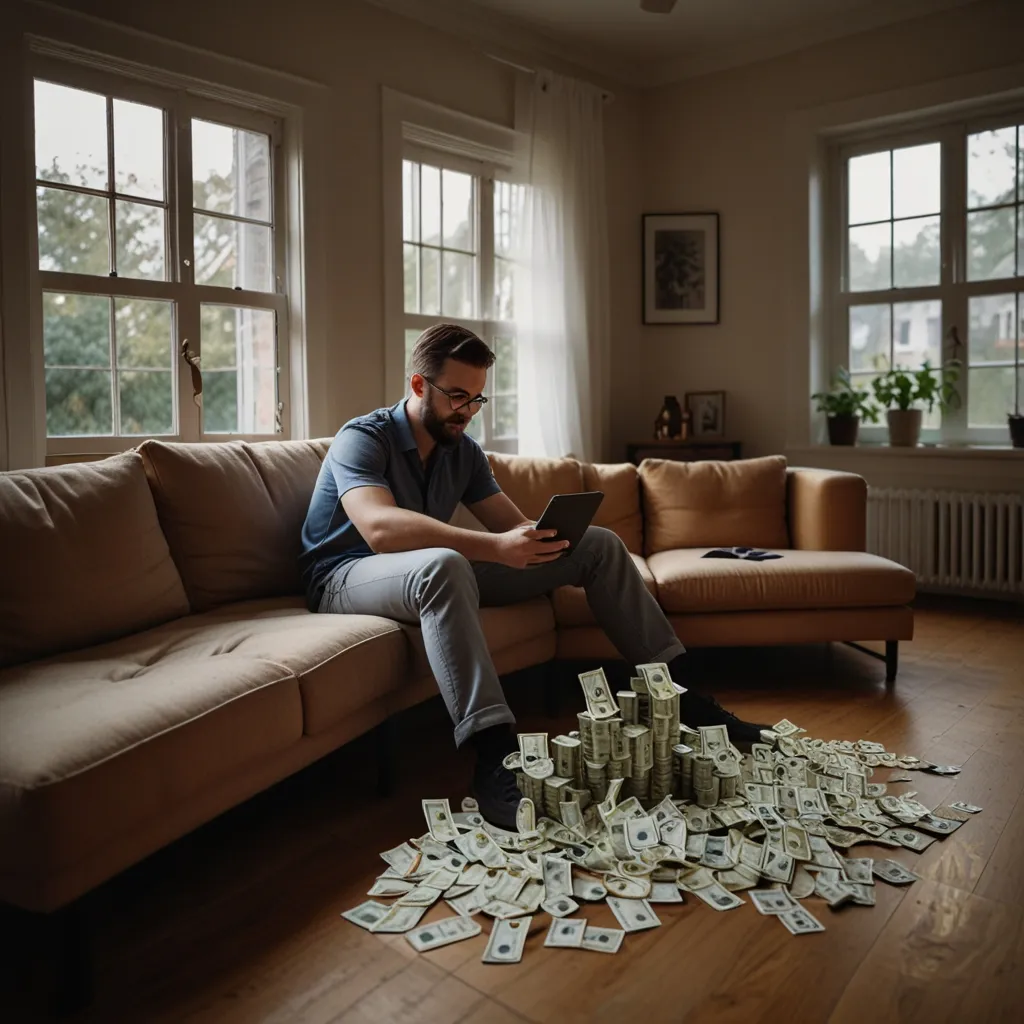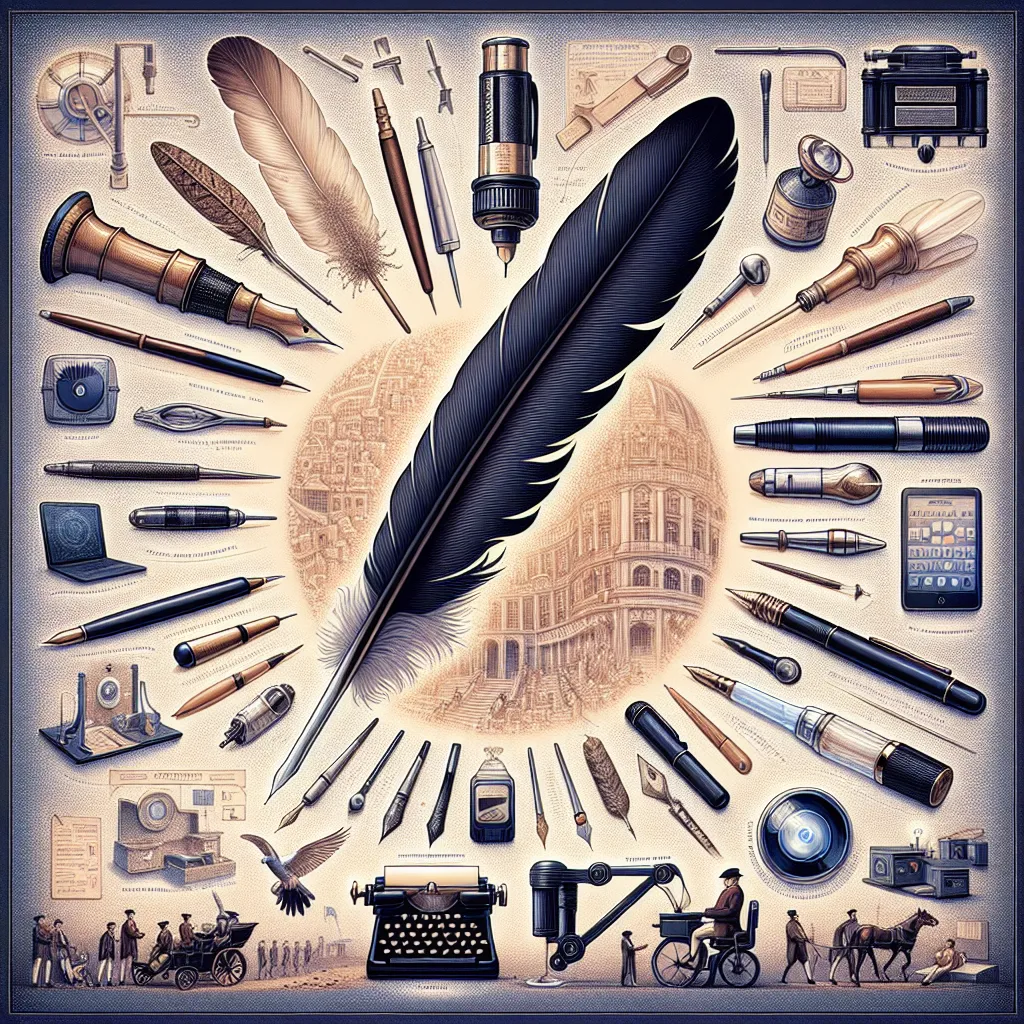Ever had that moment when you’re dog-tired but need to stay alert, so you crack open an energy drink and suddenly—boom—energy flows through you? That’s the spark that ignited a $64.7 billion industry. We’re diving into the story behind the drink that made it all possible: Red Bull.
Surprisingly, Red Bull’s roots are in Thailand. A country known more for its political instability than beverages. Since 1912, Thailand has seen 21 coup attempts, about half of which were successful. Despite this, Thailand has grown into a medium-income country with a significant economy, but it wasn’t always this way. For most of the 20th century, it was a rural and impoverished nation.
Our story starts in the Phichit province with Chaleo Yoovidhya, born into a poor family of duck herders in 1923. Chaleo’s early life was filled with hardship and minimal education. By young adulthood, he moved to Bangkok to work at his brother’s chemistry shop, which led him to become an antibiotics salesman. In 1962, he used his savings to start TC Pharmaceuticals.
In the early ’70s, Chaleo noticed that most energy drinks in Thailand were imports like Japan’s Lipovitan-D, targeting Bangkok’s wealthier residents. Chaleo, however, saw an opportunity to cater to the low-paid, hardworking people pulling night shifts—those who really needed the energy boost.
Chaleo concocted his own energy drink, analyzing competitors and deciding taurine should be the primary ingredient. Taurine is crucial for the human body’s functions, especially for the cardiovascular system and muscles. Contrary to bizarre claims, taurine’s name comes from ox bile, not bull semen. Chaleo also added caffeine, B vitamins, and sugars, crafting a potent formula.
Naming his drink Krating Daeng, or Red Gaur, he designed a logo featuring two red gaurs charging against each other. Leveraging his sales experience, he marketed Krating Daeng in rural areas and sponsored local Muay Thai events, gaining immense popularity by tying the drink to Thai culture and working-class perseverance.
Meanwhile, in Austria, Dietrich Mateschitz was working various sales jobs until he encountered Krating Daeng during a trip to Thailand. It stunned him with its effectiveness, even curing his jet lag. Enthralled, he proposed a partnership with Chaleo in 1984, aiming to bring the drink to Europe. They each invested half a million dollars, launched an Austrian company, and made slight tweaks to the formula, including carbonation. The drink was now called Red Bull.
Dietrich faced the challenge of marketing Red Bull to Europe, where lifestyles were more cushy compared to Thailand. He cleverly targeted the party scene, paying students to brand their cars and act as “brand managers” who hosted parties where Red Bull flowed freely. This strategy was genius; Red Bull sold over a million cans in Austria in its first year.
Red Bull’s spread across Europe was rapid, reaching the US by 1997 and selling a million cans daily. Dietrich’s savvy extended into extreme sports, birthing the iconic slogan, “Red Bull gives you wings.” He hosted the Red Bull Flugtag, fueled the rise of extreme sports events, and invested heavily in motorsports, including two Formula One teams, boosting Red Bull’s profile immensely.
Despite the rise of competitors like Monster and Rockstar, Red Bull still commands 43% of the global market today. While a 2013 lawsuit humorously questioned its slogan, Red Bull’s appeal remains unwavered. Their marketing stunts, like the Red Bull Stratos skydive project, continue to captivate audiences worldwide, proving that the brand really does give you wings.
